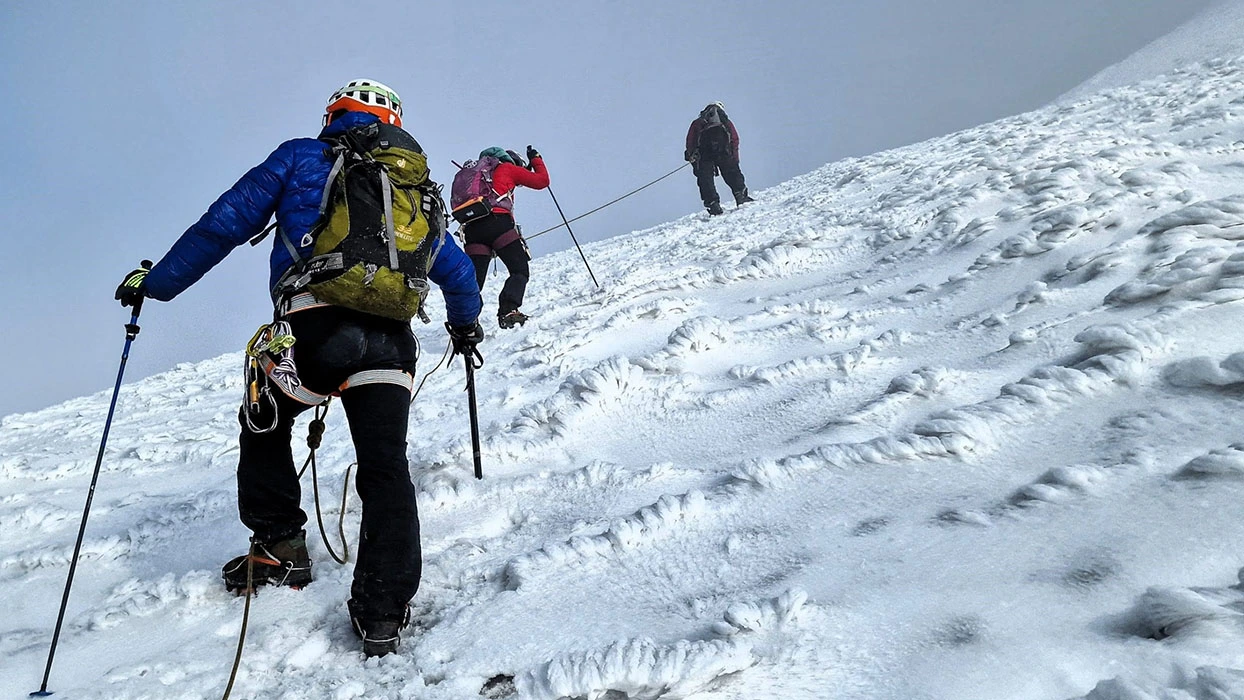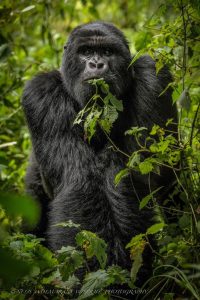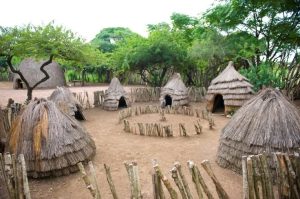How many days to hike to the top of the Rwenzori Mountain?
What is the duration of the Mountain Rwenzori hike? How many days to hike to the top of the Rwenzori Mountain? One of the most common queries from tourists preparing to visit Uganda is how long the trip up Mount Rwenzori takes. The trek to the top of Mountain Rwenzori, which is at Margherita Peak, takes seven to nine days. The type of hiking trail chosen will determine how many days it takes to reach Rwenzori Peak.
Due to the varying terrain types of the three hiking trails on Rwenzori Mountain, each one requires a separate day. The Kilembe trail, the Bukurungu trail, and the central circuit trail are the three hiking routes in the Rwenzori. The Bukurungu and Kilembe paths are longer than the core circuit trail.
It takes seven to nine days to reach Margherita Peak, the highest point on Rwenzori Mountain. Mount Stanley, one of the Rwenzori Mountains, is home to Margherita Peak, the highest point on the mountain. Mount Stanley is the highest point in Uganda, with Margherita Peak rising 5109 meters above sea level.
Hiking Mount Rwenzori is a popular destination for thousands of tourists from across the globe who want to reach Margherita Peak, Uganda’s highest point. Hikers can still reach some mountain elevations in a few days. But it would take a good number of days to reach the peak.
Reaching the top of this peak takes 7 to 9 days, depending on a variety of factors. The type of hiking trails, which vary depending on the season, is one factor that affects how many days are needed for hiking. In the wet season, the trails are often slippery, making it difficult for hikers to navigate. But in the dry season, it is simpler to hike across the dry pathways.
Mount Rwenzori hiking
On their first day of hiking, hikers get up for breakfast before heading to the trailheads. Here, hikers encounter rangers who instruct them on hiking safety precautions to ensure their safety as they climb to the top of the peak. For a modest cost, hikers can hire porters to help them carry extra luggage. A group is escorted to the summit by armed ranger guides.
Hikers spend five to seven hours each day climbing Mount Rwenzori, staying at several lodging establishments at various points along the mountain. After receiving food, water, and lodging here, they travel for five to seven hours the following day. Hikers can observe the various features on the mountain’s slopes, such as rivers, lakes, greenery, wildlife, and rocks, to name a few, by following any of the designated trails.
Lake Bujuku, Kitandara, and Mahoma are among the lakes that visitors can observe when trekking Mount Rwenzori, as are the rivers Mubuku, Makoma, and Bujuku. Hikers will also be able to see the various peaks, such as Baker, Gessi, Speke, Emin, Stanley, and Luigi di Savoia, when climbing Mount Rwenzori.
For hiking in Rwenzori, what should I pack?
You must have essential gear with you for your Mountain Rwenzori hike in order to be comfortable and safe. For Rwenzori hiking, you will need a waterproof daypack, waterproof duffle bag, sleeping bag, gaiters, trekking poles, water bottle, scarf, sun hat, sunglasses, headlamp, torch, warm gloves, waterproof hiking shoes, stocks, long-sleeved clothing, a rain jacket, camera, extra batteries, binoculars, toiletries, and an energy-boosting snack, to name a few item requirements.
The ideal time of year to trek Mount Rwenzori
The Rwenzori Mountains are best hiked between June and September and between December and February, which is the dry season. The weather is at its best throughout these months, with lots of sunlight and little to no rainfall. During the dry season, hikers can enjoy bright skies, low foliage on the slopes, and dry, usable hiking routes with good views of wildlife and other sights.
During the rainy season, which runs from March to May and October to November, hikers can still ascend Mount Rwenzori. Since there is little sunshine and a lot of rainfall in the park during this time, it is known as the rainy season. Budget hikers benefit from the wet season because the tour packages are less expensive. As service providers lower their rates to draw in a few visitors to the park. Hikers encounter muddy and slick paths during the rainy season, along with dense foliage that obscures views of landmarks.
In conclusion
Depending on the hiker’s objectives, degree of fitness, and expertise. The length of a journey in the Rwenzori Mountains might vary significantly. There is a journey duration that will work for you, regardless of your goals. A quick climb, a leisurely pace, or a thorough examination of several summits. In the end, deciding on the ideal journey length guarantees a fun and safe experience in the Rwenzori Mountains. To choose the ideal itinerary for your trip, take your experience, fitness level, and trekking objectives into account.




